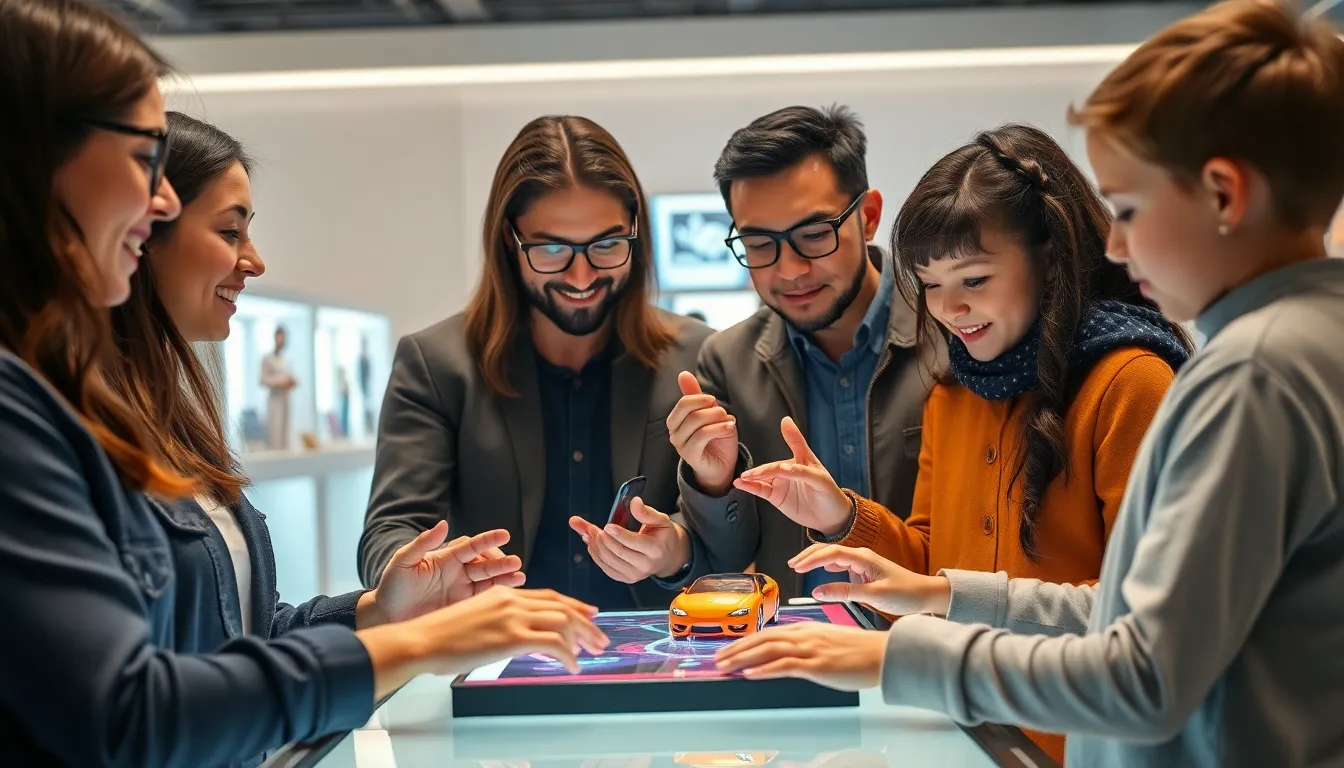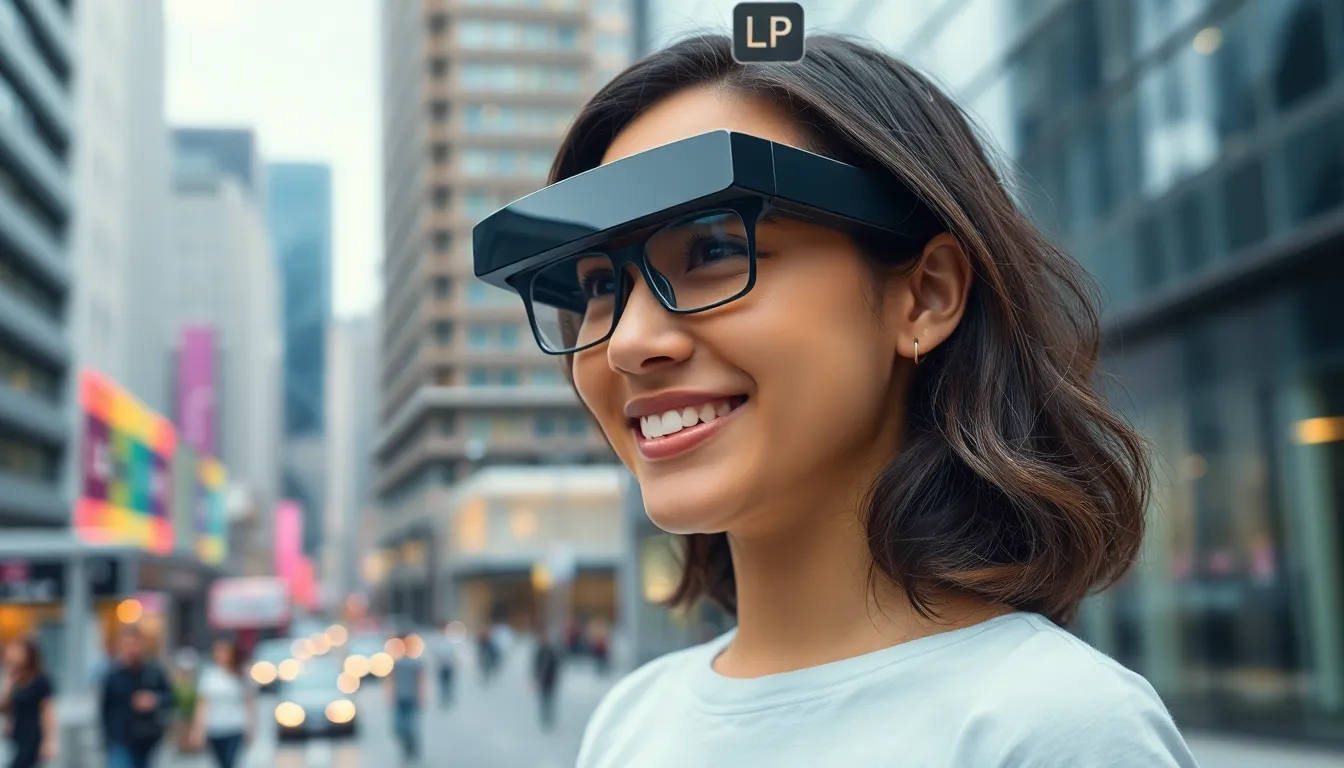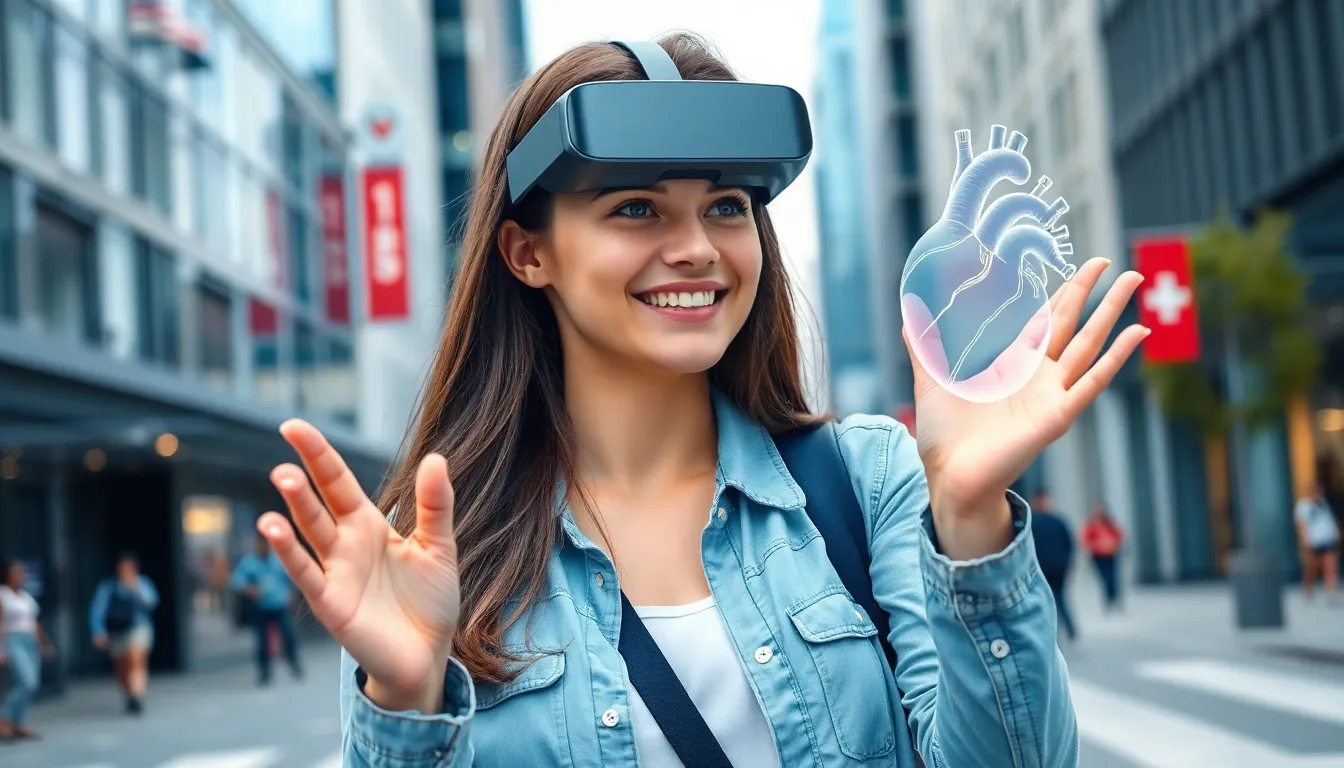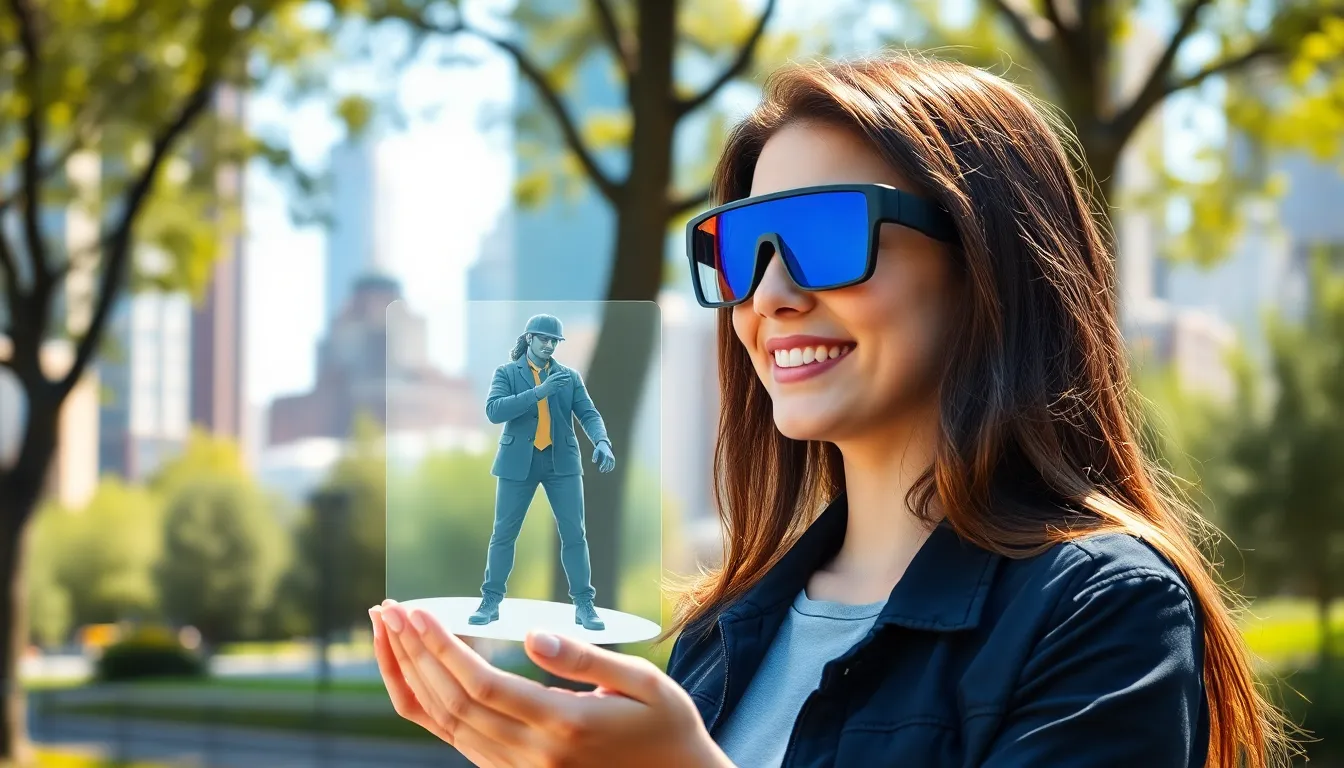In a world where first impressions count more than ever, AR product tours are the secret weapon every business needs. Imagine stepping into a virtual realm where customers can explore products without leaving their couch. It’s like a magic carpet ride but without the risk of getting lost in the sky.
Table of Contents
ToggleOverview of AR Product Tours
AR product tours transform the way customers engage with products. By utilizing augmented reality technology, businesses create immersive experiences that enable users to interact with items before purchasing. Customers can visualize products from various angles, helping them make informed decisions.
These tours enhance customer satisfaction, as users appreciate the ability to explore features without physical limitations. AR product tours facilitate a deeper understanding of dimensions, colors, and textures, leading to increased confidence in purchasing choices. Interactive elements, such as 3D visuals and animations, further elevate the user experience, making it more memorable.
Tracking metrics reveals that businesses adopting AR product tours witness higher engagement rates. Studies show that companies employing this technology can experience conversion rate increases by up to 40%. These impressive statistics illustrate the effectiveness of AR in driving sales and customer loyalty.
Customization options are another benefit of AR product tours. Brands can personalize experiences based on user preferences, creating targeted content that resonates with specific audiences. Such tailored approaches foster emotional connections with customers, enhancing brand loyalty and trust.
Industry leaders are increasingly integrating AR product tours into their marketing strategies. Retailers, furniture stores, and automotive companies represent sectors that leverage this technology to stand out. By embracing innovation, businesses prioritize the customer journey, ensuring users feel valued and understood.
Benefits of AR Product Tours

AR product tours deliver significant advantages that enhance customer interactions with brands. These experiences captivate users and encourage deeper engagement throughout the buying process.
Enhanced User Engagement
Users engage more effectively with AR product tours that provide interactive experiences. They can explore products in 3D, manipulating them to see various angles and features. This hands-on approach allows customers to immerse themselves in the product, driving interest and involvement. As a result, businesses see increased time spent on product pages, leading to a boost in conversion rates. Statistics show that effective AR strategies can lead to conversion increases of up to 40%. Customers feel more connected and satisfied with their shopping experiences, reflecting positively on brand loyalty.
Improved Learning Experience
AR product tours foster a better learning experience regarding product features and benefits. Users gain an understanding of dimensions, colors, and textures that traditional methods cannot provide. Visualizing items in their actual size enhances comprehension and retention of product information. Customers can learn about functionality interactively, building confidence before making a purchase decision. As AR technology evolves, brands can offer tailored learning experiences, ensuring users obtain relevant data quickly and effectively. Engaging customers this way promotes a sense of empowerment and understanding, resulting in informed buying choices.
Key Features of Effective AR Product Tours
Effective AR product tours incorporate several key features that enhance user engagement and satisfaction. They offer an interactive experience that invites users to explore products in a unique way.
Interactive Elements
AR product tours excel with interactive elements that engage customers directly. Users can rotate, zoom, and manipulate 3D models, allowing them to explore every detail. Features like annotations provide insights into product specifications, directly linking features to visual components. Gamification aspects, such as rewards for interaction, can further increase user involvement. This hands-on experience fosters a deeper understanding of products, significantly boosting confidence in purchasing decisions.
User-Friendly Design
A user-friendly design is crucial for AR product tours. Intuitive navigation ensures customers can explore without confusion. Simplified menus and clear prompts guide users seamlessly through the experience. Compatibility across devices enhances accessibility, allowing users from various platforms to engage fully. Responsive design adapts to screen sizes, ensuring a consistent experience. Ultimately, a well-designed interface can impact customer retention and satisfaction rates positively.
Best Practices for Implementing AR Product Tours
Implementing AR product tours requires a strategic approach to maximize user engagement and satisfaction. Prioritizing user experience significantly impacts the effectiveness of these immersive tools.
Assessing User Needs
Understanding user preferences shapes the design and functionality of AR product tours. Begin with research to identify target audience characteristics, such as demographics and shopping behaviors. Surveys and analytics reveal insights into user expectations of AR experiences. Customizing content based on these insights ensures it resonates with specific audiences. Meeting user needs through tailored content fosters deeper connections and enhances brand loyalty. Additionally, observing how users interact with products can inform design decisions and highlight features that require emphasis.
Iterative Testing and Feedback
Conducting iterative testing allows teams to refine AR product tours based on real user interactions. Gather feedback through beta testing and focus groups to identify pain points and areas for improvement. Evaluating user experience at multiple stages of development ensures that the final product aligns with customer expectations. Implement changes based on this feedback to enhance usability and engagement. Collecting and analyzing data from user interactions also helps teams make informed adjustments continuously. Adopting an iterative approach ultimately leads to a more polished and effective AR experience.
AR product tours represent a significant shift in how businesses engage with customers. By offering immersive experiences that allow users to interact with products virtually, brands can foster deeper connections and enhance customer satisfaction. The ability to visualize products in 3D not only boosts confidence in purchasing decisions but also encourages loyalty through tailored content and interactive features.
As technology advances, the potential for AR product tours will continue to grow, making it essential for businesses to adopt these innovative strategies. By prioritizing user needs and refining experiences based on feedback, companies can maximize the benefits of AR, driving engagement and conversion rates to new heights. Embracing this technology is no longer just an option; it’s a crucial step in staying competitive in today’s market.






